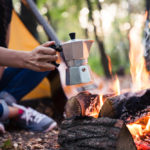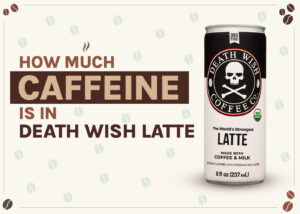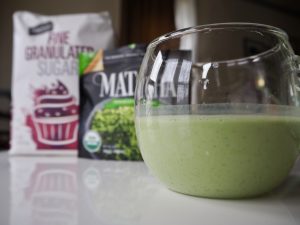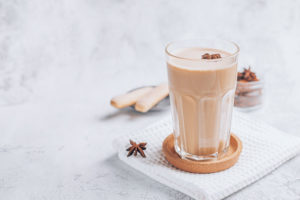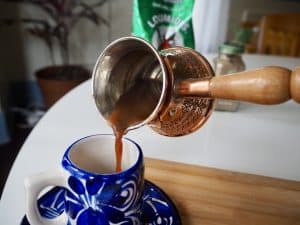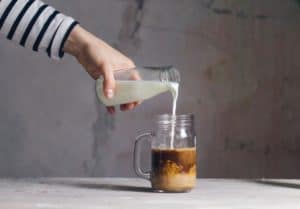
Percolators have been around for over 100 years, producing bold coffee in just a few minutes. They offer a lot of advantages, like being inexpensive and easy to use everywhere from stovetops to campfires. But if you’re not careful, you can easily end up over- or under-extracting your percolator coffee, resulting in a cup of coffee you are unlikely to enjoy.
If you’re wondering how long to percolate coffee or how a percolator works, look no further. We have all the answers, plus a few expert brewing tips.
How does a percolator work?

Percolators are simple, cost-effective coffee makers. They feature a compartment for water with a tube in the center. Above this, there is a chamber that holds coarsely ground coffee beans. Below the coffee grounds, there is generally a perforated metal filter.
When the water in the bottom starts to boil, it turns into steam, which rises through the tube into the top of the percolator. This hot water then rains down on the bed of coffee grounds, extracting flavors and oils from the beans before dripping back through the metal filter. The percolator continues this cycle until you remove it from the heat, making the coffee stronger as it goes.
How long to percolate coffee?
For the best flavor, percolate your coffee for seven to ten minutes. Longer than that and you’ll end up with burnt, bitter coffee. Shorter than that and your coffee won’t be fully extracted and may be weak.

You can vary this time a bit depending on how strong you like your coffee. If you’re using a stovetop percolator, it may be as short as five minutes. Moka pots, which are a type of stovetop percolator, don’t circulate, so when the top compartment is full, you can turn off the heat. Remember to keep a close eye on any stovetop brewing percolator, since it can easily boil over if you’re not paying attention.
Plug-in electric percolators typically turn themselves off when the coffee finishes brewing. They don’t need as much monitoring — and you probably won’t need to time the brew.
Do percolators make good coffee?
Many coffee connoisseurs turn up their noses at percolators. These brewers can overheat coffee beans, resulting in bitter flavors, and they are also easy to misuse. Leave the coffee percolating for too long and you’ll produce a pot of coffee sludge.
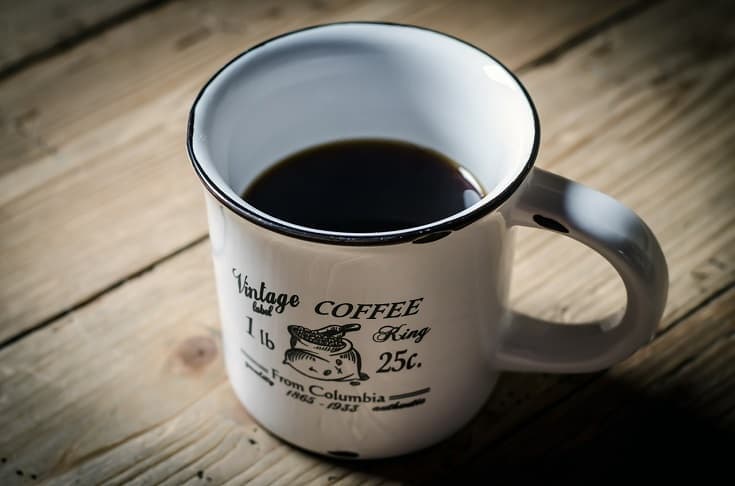
Since they use metal filters, percolators won’t give you the clear, oil-free coffee you’ll find in a pour-over. They’re not delicate brewers, either, so you may not want to invest in gourmet beans.
The bottom line? If you like coffee strong enough to chew — or your current method is cowboy coffee — you’ll probably enjoy percolator coffee. It’s also very convenient for camping or if your electricity goes out. But if you prefer delicate, complex flavor or want the health benefits of filtered coffee, you may be less impressed with this inexpensive brewing method.
Final Thoughts on Coffee Percolators
We hope this guide has helped you better understand your percolator. We recommend brewing a percolator for seven to ten minutes for the best flavor. Once you’ve brewed a round or two of coffee, you’ll get a better sense of the mechanics — and what your ideal brew time is. Enjoy your coffee!
ALSO WORTH READING:
- French Press vs Percolator: Which One Should You Choose?
- 3 Tips & Tricks For Switching To Black Coffee
- How is Instant Coffee Made? The Science Behind the Magic
- When Was the Coffee Percolator Invented?
Image Credit: Snowboy, Shutterstock





